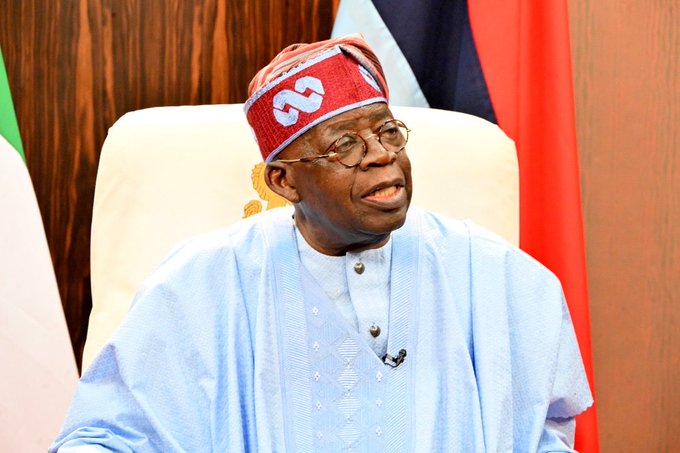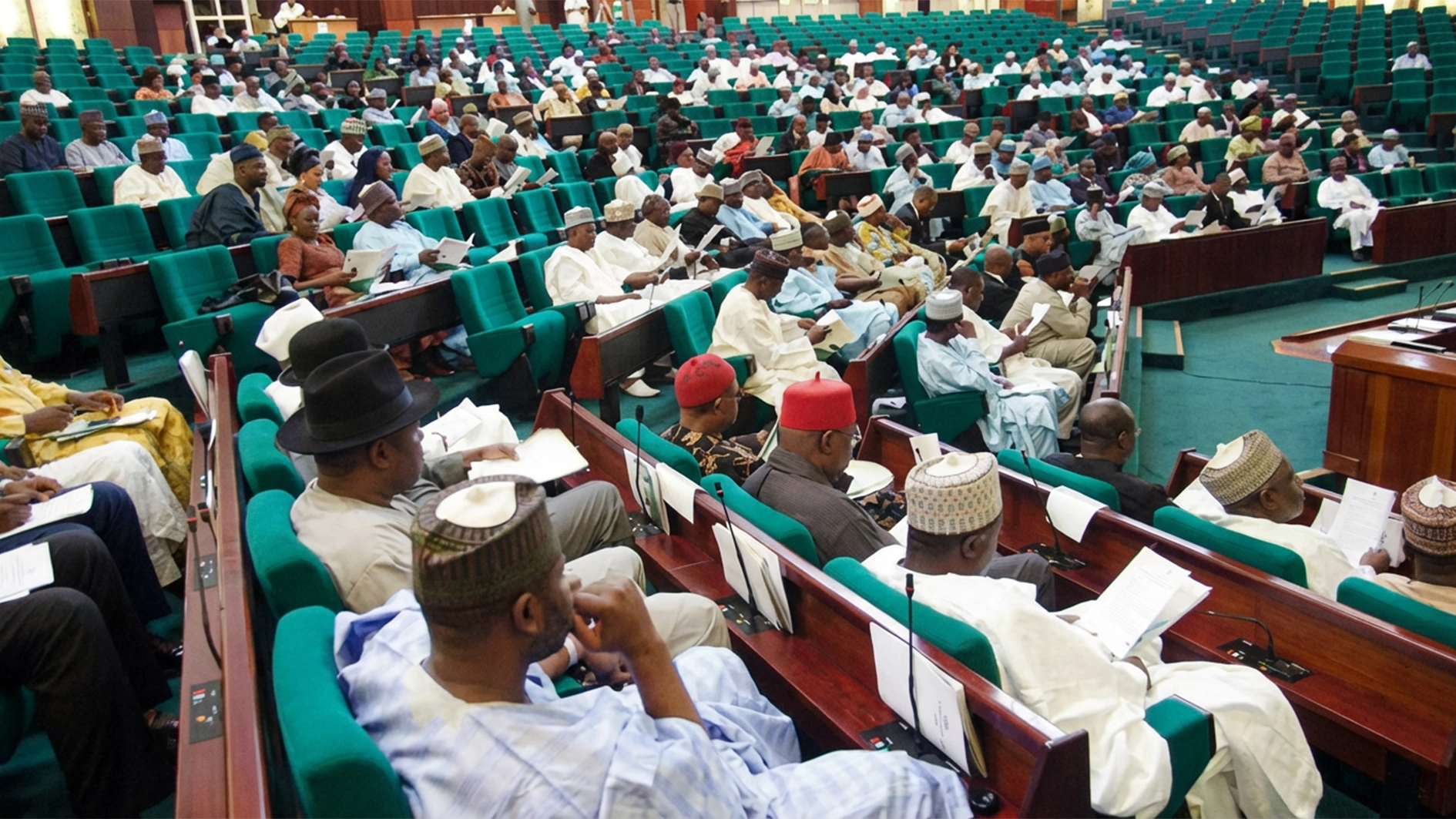On this International Day of Peace on September 21, the call for unity and reconciliation resonates worldwide but for women in conflict zones, peace is not just a principle to celebrate, it is a daily act of survival and rebuilding. Local community and government leaders, health workers, policymakers, and mothers sustain fragile trust in communities torn apart by violence. They rebuild, they console, they negotiate. Their actions and voices are critical in peace and security efforts, yet their stories seldom receive the recognition they deserve.
The Women, Peace and Security (WPS) agenda acknowledges the meaningful perspectives that women bring to the table, drawing them from the margins to the center. Rooted in UN Security Council Resolution 1325, this framework emphasizes that decisions about peace must meaningfully include women. In alignment with the aims of the WPS agenda, organizations like Our Secure Future are leading initiatives to advance women’s roles in peace and security efforts in order to enable more effective policy-making and lasting peace. Evidence consistently shows that when women fully participate in peace processes, peace agreements tend to endure and carry meaning beyond words.
However, women remain underrepresented in peace processes globally. In 2023, women constituted only 9.6 percent of negotiators, 13.7 percent of mediators, and 26.6 percent of signatories in peace and ceasefire agreements, a notable improvement from earlier figures, yet still far short of parity even as their informal leadership continues to shape trust and dialogue in countless ways.
Rising voices, ebbing violence
Conflict and displacement continue to affect women and girls in deeply disproportionate ways. According to the Office of the United Nations High Commissioner for Human Rights (OHCHR), in 2024, civilian deaths in conflict rose 40% with discrimination remaining widespread and compounding, especially for people with disabilities, women, and young people. Violence against women and children in armed conflict surged to four times higher than in previous years. Moreover, by the end of April 2025, the global number of forcibly displaced people had exceeded 122 million with women and girls still accounting for approximately 50 percent of this population.
These staggering figures emphasize both a growing crisis and persistent disparities: many of these women and girls face severe food insecurity, disruptions to education, and the impossible task of caring for families in fragile, resource-scarce environments.
Women at the negotiating table
Yet amid overwhelming hardship, women continue to lead. They forge informal networks of support, spearhead community-led resilience efforts, and lay the groundwork for stability and hope.
Research shows that when women are empowered in decision-making, communities experience stronger trust, reduced corruption, and more lasting peace. According to the War Prevention Initiative, higher levels of women in government correlate with less corruption and thus a stronger foundation for peacebuilding. The United Nations Development Programme (UNDP) also emphasizes that women’s participation boosts public sector effectiveness, accountability, and conflict reduction, particularly by focusing on healthcare, education, and social justice.
Women rebuild not just homes but also institutions. Inclusive Security’s research demonstrates that women’s political representation when it reaches around 35%, virtually eliminates the risk of conflict relapse. Women often advocate for solutions that directly address the scars of conflict: healthcare, education, and the future of children. UNDP notes that women in leadership positions tend to prioritize policies that improve lives through better access to quality education, healthcare, housing, and social justice.
Similarly, when women cross into formal peace spaces, peace lasts longer. While greater than in previous decades, women’s engagement in negotiations and post-conflict governance remains far from equitable. 2024 brought modest improvement in agreement language: approximately 31% of peace accords included at least one provision referencing women, girls, gender, or sexual violence, up from 20% in 2023.
Still, the formal peace table often remains inaccessible. On average, women made up less than the UN’s one-third target for participants in mediation and peace processes. These numbers reveal that while women’s contributions to sustainable peace are clear, structural and systemic barriers continue to restrict their full participation.
From Invisible to Indispensable
While challenges persist, including threats to women human rights defenders and the risks faced by civil society activists, new efforts are rising to strengthen women’s peace leadership. Organizations are investing in training policymakers, supporting WPS National Action Plans (NAPs), and forging engagement for security policy through a WPS lens.
One such initiative is Our Secure Future’s WPS National Action Plan Academy, providing direct assistance to government and civil society actors in developing high-impact NAPs. These initiatives are helping translate principles into practice, linking grassroots women peacebuilders with institutional power.
As of 2025, UN Women reports that at least 112 countries have adopted WPS National Action Plans, evidence that the agenda has moved from rhetoric to policy infrastructure, even as implementation gaps remain. Parallel reforms in multilateral and regional bodies are reinforcing this momentum: NATO endorsed an updated Women, Peace and Security policy in July 2024 to hardwire WPS perspectives across defense planning and emerging threats, from technology risks to resilience.
Civil society is also driving localization: translating national commitments into district and community action plans, budget lines, and monitoring mechanisms, an approach highlighted by networks like Our Secure Future’s NAP Academy convenings with governments and UN partners to co-design context-specific, costed, and measurable NAPs.
Evidence continues to show why this shift matters: women’s meaningful participation in peace processes is associated with more durable agreements and improved community security outcomes, strengthening the case for adequately financed, inclusive NAPs that embed women leaders from grassroots to cabinet. Recent regional efforts including NAP Academy-supported work across Latin America and the Caribbean, demonstrate how co-created NAPs can move quickly from adoption to implementation when governments, civil society, and international partners share ownership and accountability.
Lasting peace needs her hand
Women’s labor for peace deserves more than acknowledgment; it demands participation in decisions that shape nations. The evidence is clear: agreements that include women are more durable, and communities where women take part in rebuilding heal more deeply.
Women draw peace from the bedrock of their communities, even when conflict tests every foundation. They broker ceasefires over kitchen tables, heal broken spirits in clinics, and secure safe passage for neighbors. When the Women, Peace and Security agenda is fully realized, peace is no longer fragile, it is resilient and lasting.
Let this International Day of Peace mark a shift: where women’s contributions are not seen as optional but as essential. Their work is the sinew that holds shattered worlds together.






